A barbecue rib rub is a dry spice blend applied directly to ribs before cooking to enhance flavor and create a crispy bark. Unlike sauces that only coat the surface, a good rub penetrates the meat, delivering deep, smoky flavor. This guide provides a step-by-step recipe for making your own rub, pro application tips, and reviews of top commercial brands to help you achieve perfect ribs every time.
Table of Contents
- What Is a Barbecue Rib Rub?
- Why Dry Rubs Matter More Than Sauce
- The Core Components of a Perfect Rub
- How to Make Your Own Barbecue Rib Rub
- Pro Tips for Applying Your Rub
- Top Commercial Rubs Reviewed
- Buying Guide: Choosing the Right Rub for You
- Frequently Asked Questions
- Conclusion: Rub It In
What Is a Barbecue Rib Rub?
A barbecue rib rub is a dry blend of spices applied directly to meat before cooking. Unlike marinades or sauces, which sit on the surface, a good rub penetrates the meat as it cooks, enhancing flavor deep within. The ingredients vary by region and personal taste but often include salt, sugar, paprika, garlic powder, onion powder, chili powder, and more.
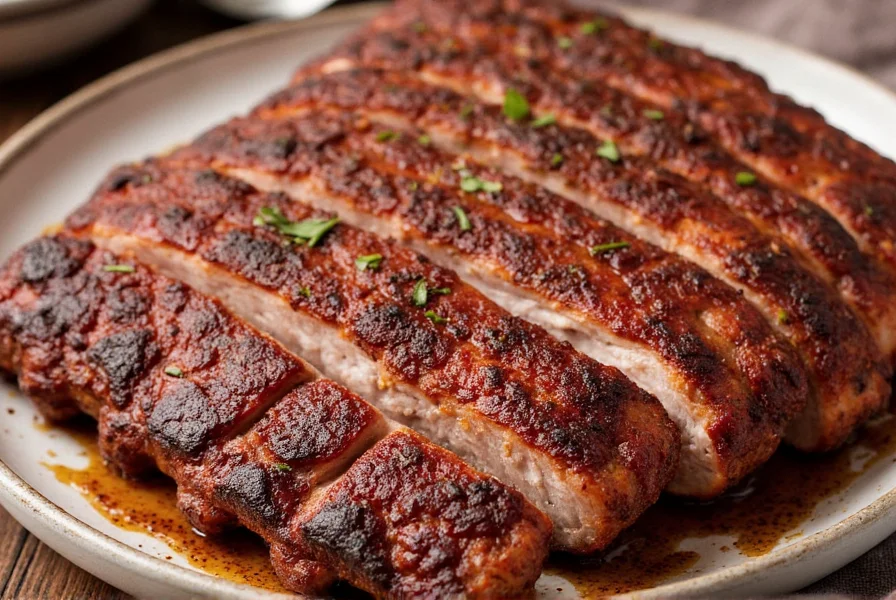
Why Dry Rubs Matter More Than Sauce
You might be thinking, 'If I can slather sauce on at the end, why bother with a rub?' Here's the truth: sauce only adds flavor to the surface. A rub seasons the meat throughout, creating layers of flavor that build during the slow-cooking process. Think of it like music — the rub is the rhythm section, and the sauce is the lead guitar.
| Feature | Dry Rub | Sauce |
|---|---|---|
| Flavor Penetration | Deep | Surface-level |
| Texture Contribution | Crispy bark | Glossy finish |
| Flexibility | High (DIY-friendly) | Moderate |
The Core Components of a Perfect Rub
While every recipe has its own twist, most great barbecue rib rubs share some essential ingredients:
- Salt: Enhances flavor and helps break down proteins.
- Sugar: Adds sweetness and promotes caramelization and browning.
- Paprika: Provides color and mild smokiness.
- Garlic & Onion Powder: Umami-rich and aromatic.
- Black Pepper: Adds heat and depth.
- Chili Powder/Cayenne: For that spicy kick.
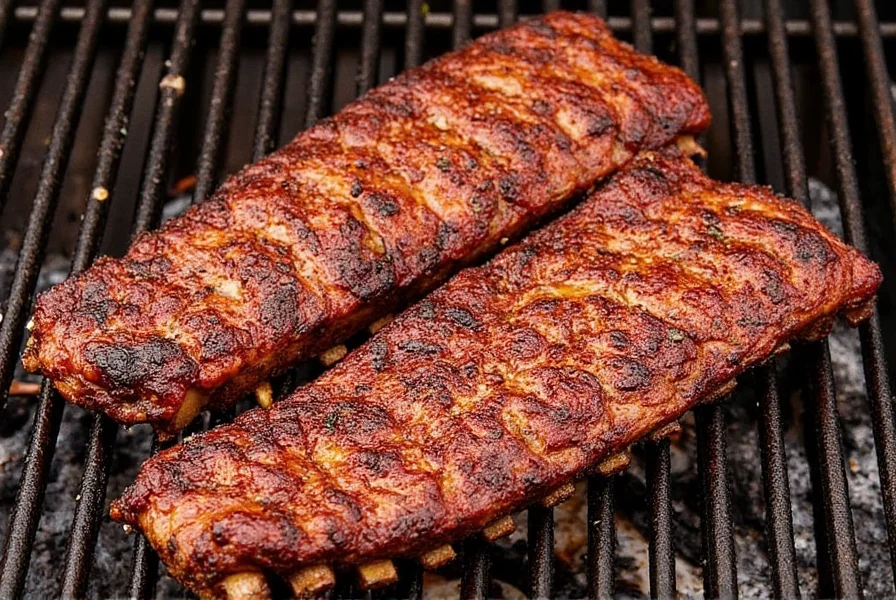
How to Make Your Own Barbecue Rib Rub
Making your own rub is not only cost-effective, but also customizable. Here's a classic starting point:
Classic BBQ Rib Rub Recipe
- 1/4 cup brown sugar
- 2 tbsp smoked paprika
- 1 tbsp garlic powder
- 1 tbsp onion powder
- 1 tbsp black pepper
- 1 tbsp chili powder
- 1 tbsp mustard powder (optional)
- 1 tbsp salt
Mix all ingredients thoroughly in a bowl, then store in an airtight container. Use liberally on ribs before smoking or grilling.
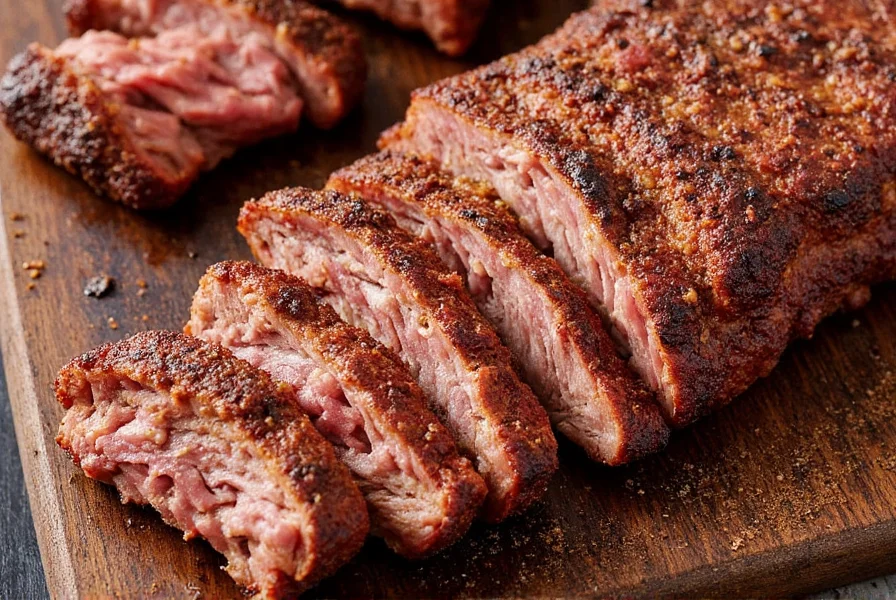
Pro Tips for Applying Your Rub
So you've got your rub ready — now what? Here are some expert tips to make sure it sticks, sets, and shines:
- Use a binder: Lightly brush ribs with olive oil or apple cider vinegar before applying the rub. This helps the spices adhere better.
- Rub it in gently: Don't just sprinkle — use your hands to press the rub into every nook and cranny.
- Let it rest: For deeper flavor, let the rubbed ribs sit uncovered in the fridge overnight.
- Don't overdo it: A thin, even coat is usually better than clumps.
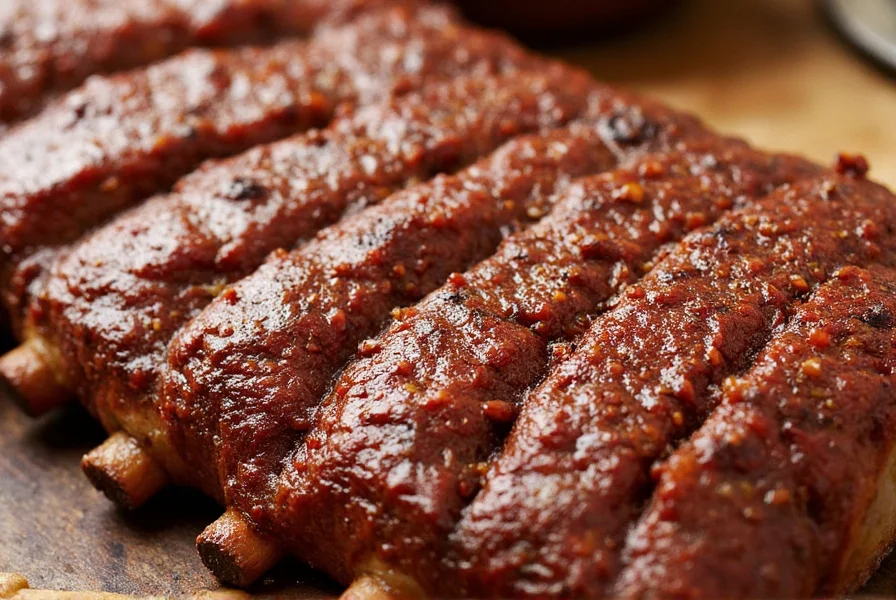
Top Commercial Rubs Reviewed
Not everyone wants to play mad scientist in the kitchen. If you're looking for reliable store-bought options, here are some top contenders:
1. Meat Church Holy Cow Rub
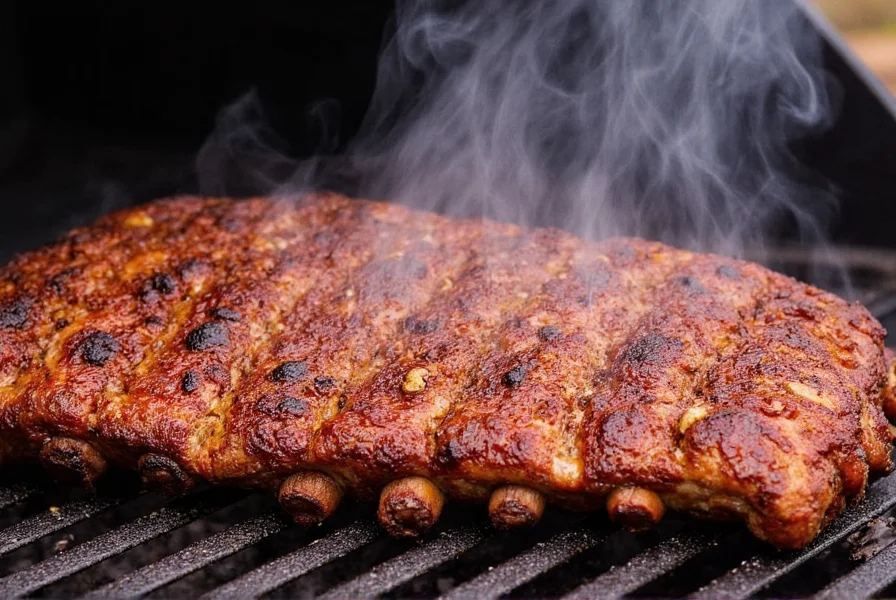
- Features: Sweet and smoky, with hints of coffee and cocoa.
- Advantages: Works wonders on beef and pork alike.
- Best For: Those who love bold flavors and a touch of bitterness.
2. Tony Cachere's Original Cajun Seasoning
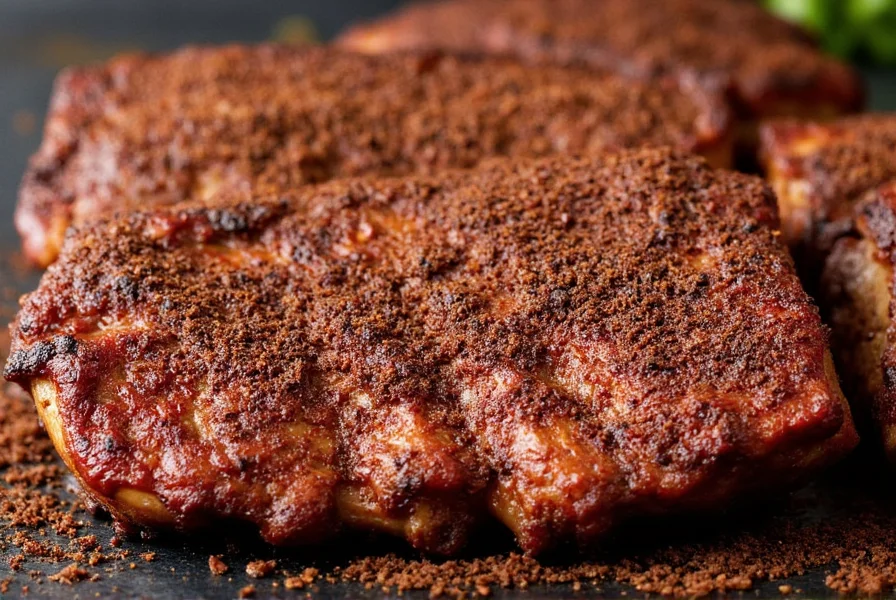
- Features: Spicy, garlicky, and full-bodied.
- Advantages: Affordable and widely available.
- Best For: Kick-loving grillers who want heat without sacrificing flavor.
3. Bad Byron's Butt Rub
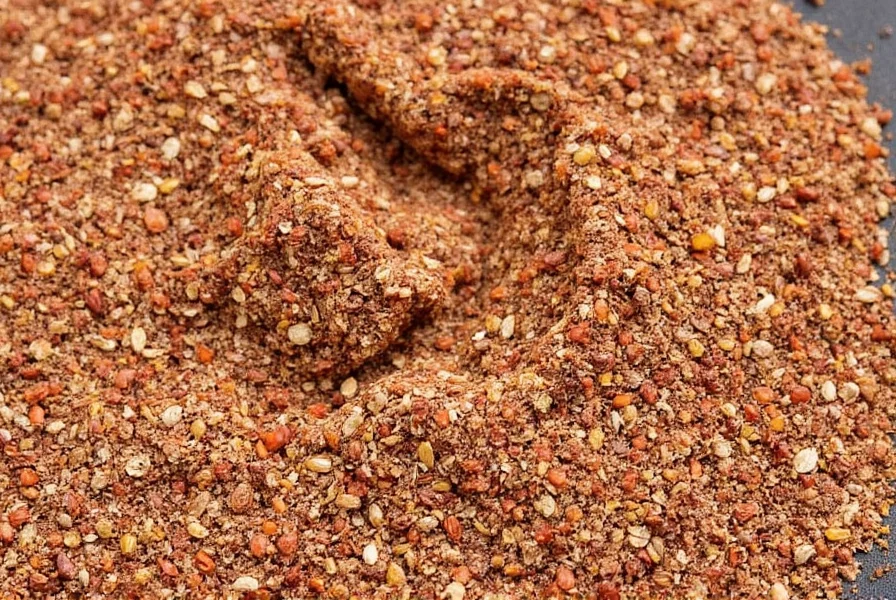
- Features: Balanced blend of sweet, smoky, and savory.
- Advantages: Ideal for ribs, brisket, and even chicken.
- Best For: Beginners and purists who prefer a classic Southern taste.
Buying Guide: Choosing the Right Rub for You
With so many brands and blends out there, how do you choose the right one? Here are a few key considerations:
1. Flavor Profile
Do you like sweet, spicy, smoky, or savory? Most commercial rubs lean into one of these categories. Read labels carefully or try small samples before committing to a big bottle.
2. Salt Content
Some rubs are salt-heavy, which can overpower the other flavors. If you're watching sodium intake, opt for low-sodium or salt-free options.
3. Versatility
Want one rub to rule them all? Look for a versatile formula that works across different meats — like ribs, chicken, and even veggies.
4. Price vs. Value
More expensive doesn't always mean better. Compare price per ounce and see how much you actually use per batch.
5. Brand Reputation
Stick with trusted names unless you're feeling adventurous. Brands like Weber, McCormick, and Big Poppa Smokers are known for quality.
| Rub Name | Best For | Flavor Type | Versatile? | Price Range |
|---|---|---|---|---|
| Meat Church Holy Cow | Beef and Pork Ribs | Smoky, Bold | Moderate | $$$ |
| Tony Cachere's Cajun | Spice Lovers | Spicy, Garlicky | High | $ |
| Bad Byron's Butt Rub | All-Purpose | Balanced | High | $$ |
Frequently Asked Questions
How long should I let the rub sit on ribs before cooking?
For maximum flavor penetration, let the rub sit on ribs for at least 1 hour at room temperature, or ideally overnight in the refrigerator. The article mentions that letting rubbed ribs sit uncovered in the fridge overnight allows for deeper flavor development. Just remember to bring them back to room temperature before cooking for more even results.
Can I use the same rub for different types of meat?
Yes, many rubs can work across different meats, though some are specifically formulated for certain proteins. As mentioned in the buying guide, versatile rubs like Bad Byron's Butt Rub work well for ribs, brisket, and even chicken. However, for best results, you might want to adjust your rub slightly depending on the meat - for example, using less sugar for shorter-cooking meats to prevent burning.
Should I add salt separately when using a commercial rub?
This depends on the rub. Many commercial rubs already contain significant amounts of salt. The article mentions that "some rubs are salt-heavy, which can overpower the other flavors." Check the ingredient list - if salt is among the first few ingredients, you probably don't need to add more. For homemade rubs, the classic recipe includes salt as a measured component (1 tbsp in the provided recipe).
How much rub should I use per pound of ribs?
A good rule of thumb is to use about 1 tablespoon of rub per pound of meat. The key is to create a thin, even coat that covers the surface without piling up in clumps. As mentioned in the pro tips section, "a thin, even coat is usually better than clumps." You should be able to see some meat peeking through the rub - it shouldn't be completely opaque.
Can I make a rub without sugar for a keto-friendly option?
Absolutely. While sugar helps with caramelization and browning, you can substitute it with keto-friendly alternatives like erythritol or simply increase other components like paprika and spices. The article notes that sugar "adds sweetness and promotes caramelization and browning," but you can still achieve great flavor without it - just expect slightly less bark formation on your ribs. Some competition BBQ cooks actually skip sugar entirely for certain styles.
Does the rub replace the need for sauce?
No, rub and sauce serve different purposes. As explained in the article, "sauce only adds flavor to the surface" while "a rub seasons the meat throughout." Think of them as complementary elements - the rub creates the foundational flavor, while sauce adds a finishing touch. Many BBQ enthusiasts apply sauce during the last 30 minutes of cooking to get the best of both worlds.
What's the best way to store homemade rub?
Store your homemade rub in an airtight container away from heat and light. The article mentions storing the mixed rub "in an airtight container" but doesn't specify duration. Properly stored, most dry rubs will maintain their potency for 6-12 months. Glass jars with tight-sealing lids work particularly well. Avoid storing in areas with temperature fluctuations, as this can cause condensation that might lead to clumping or spoilage.
Conclusion: Rub It In
A great barbecue rib rub isn't just a sprinkle of spice — it's the foundation of mouthwatering flavor. Whether you're blending your own or picking up a tried-and-true brand, mastering your rub game will elevate your grilling skills from backyard cook to flavor wizard. So go ahead, get your hands dirty, and remember: when it comes to ribs, the real magic happens long before the sauce hits the plate.
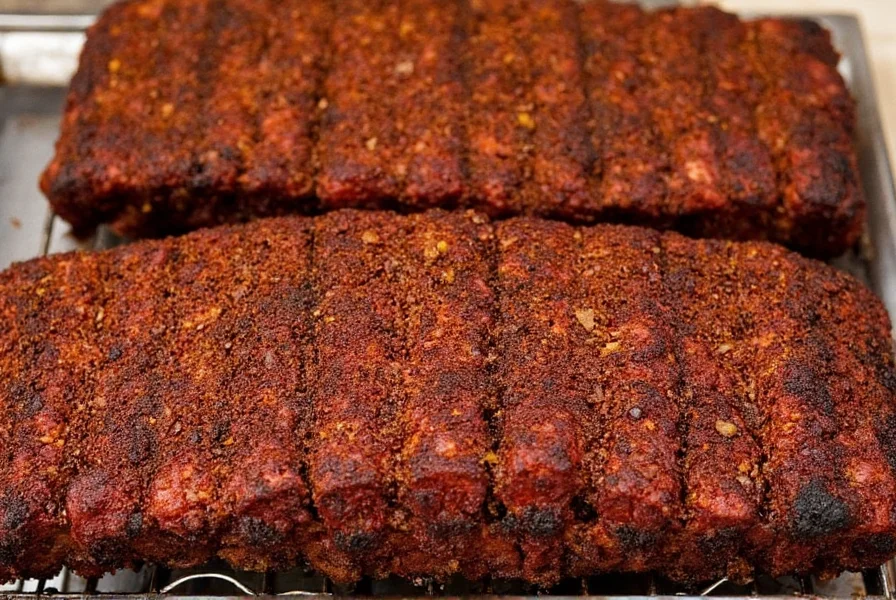
Happy grilling!

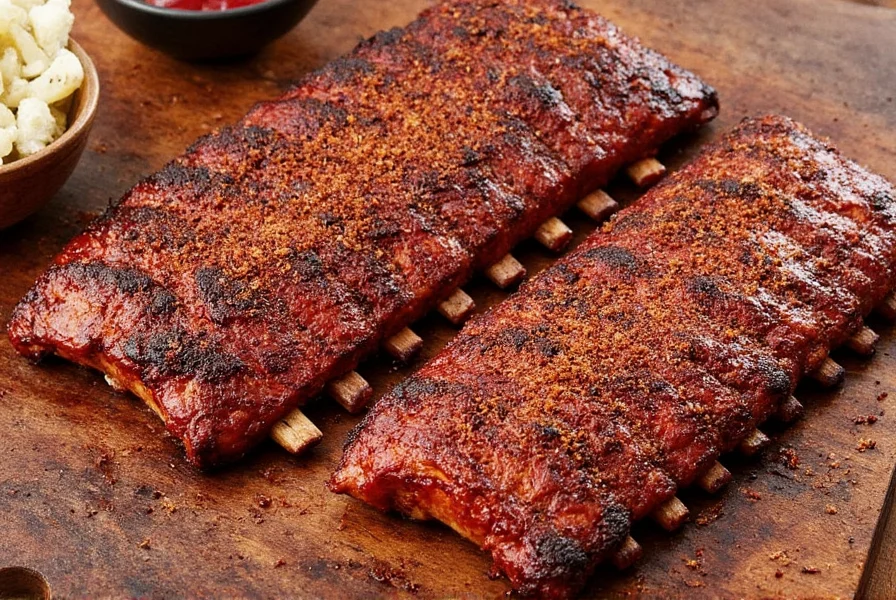









 浙公网安备
33010002000092号
浙公网安备
33010002000092号 浙B2-20120091-4
浙B2-20120091-4